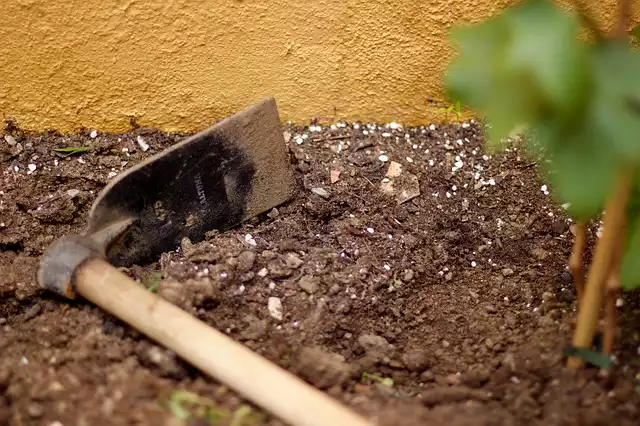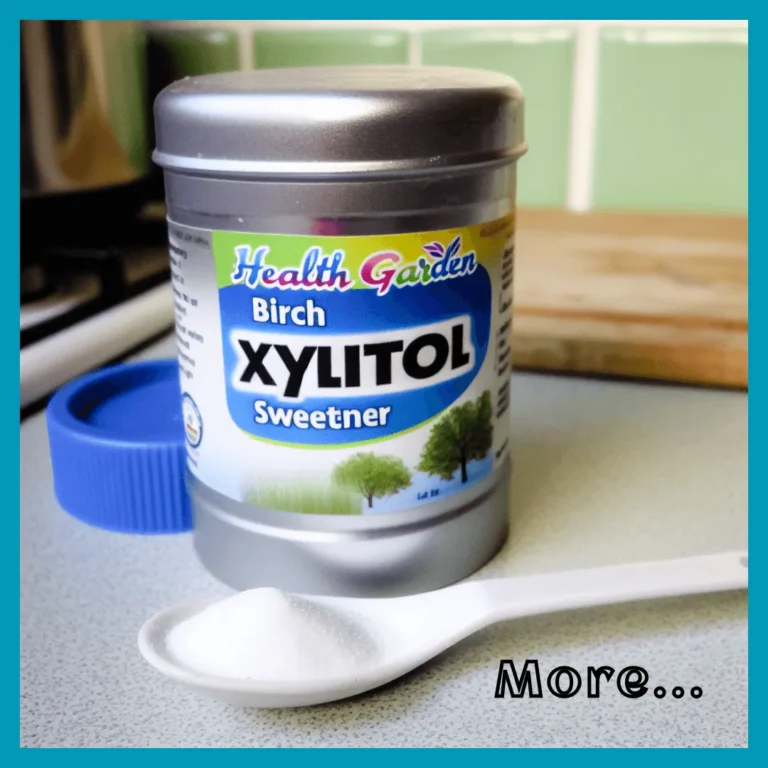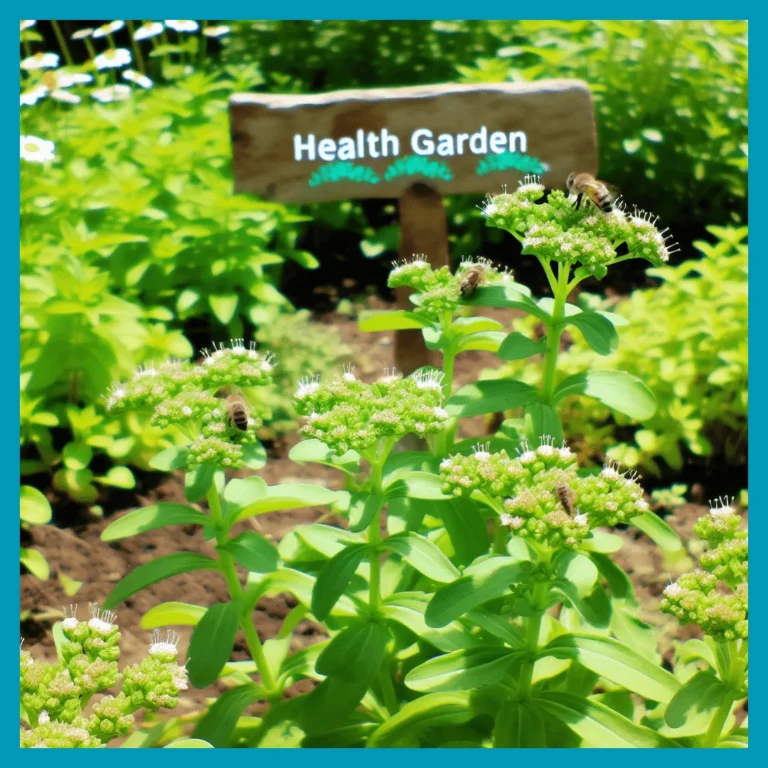Prepare Soil for Planting
Imagine embarking on a journey where the very ground beneath your feet holds the secret to vibrant gardens and bountiful harvests.
To prepare soil for planting isn’t just a step in gardening — it’s an initiation into an ancient ritual that connects us with nature’s deepest mysteries.
The difference between a thriving garden and one that struggles can often be traced back to how well its foundation was prepared before even a single seed was planted.
This is where our adventure begins, in the rich, fertile earth waiting to be awakened.
As we dive into the world of soil preparation, picture yourself as an alchemist transforming lead into gold.
With each turn of the soil, you’re not just preparing it for planting; you’re infusing life, air, and nutrients into what will become the nurturing bedrock for new life.
It’s both exciting and profoundly important because this isn’t merely about growing plants—it’s about creating ecosystems, supporting biodiversity, and contributing to a healthier planet right from your backyard or balcony garden.
Let’s embark on this thrilling journey together, turning ordinary dirt into treasure troves of potential!
Table of Contents Prepare Soil for Planting
Test soil for proper pH levels
Ensuring the proper pH levels in your soil is crucial for successful and healthy plant growth.
By testing the soil’s pH, you can determine whether it is too acidic or alkaline, allowing you to make the necessary adjustments to create an optimal environment for your plants.
Different plants have specific pH requirements, and maintaining the correct levels will help promote nutrient absorption and prevent nutrient deficiencies or toxicities.
By conducting regular soil pH tests, you can identify any imbalances and take corrective measures such as adding soil amendments or adjusting the irrigation water to ensure your plants thrive in the most favorable conditions.
Remove debris and rocks
Clearing away debris and rocks from your soil is an essential step in preparing it for planting.
These unwanted materials can hinder root growth, obstruct proper drainage, and create an uneven surface for planting.
By diligently removing debris and rocks, you create a clean and smooth area where your plants can establish strong root systems and access the necessary nutrients they need to thrive.
This meticulous process not only improves the overall appearance of your garden but also ensures optimal growing conditions and sets the foundation for successful plant growth and development.
Add organic matter for nutrients
To further enhance the fertility and nutrient content of your soil, it is recommended to incorporate organic matter.
By adding organic matter, such as compost, manure, or leaf litter, you introduce a rich source of nutrients, beneficial microbes, and humus into the soil.
This organic matter acts as a natural fertilizer, providing essential elements like nitrogen, phosphorus, and potassium to nourish your plants.
Additionally, organic matter improves soil structure, enhancing its ability to retain moisture, promote aeration, and prevent erosion.
As it decomposes over time, organic matter continues to release nutrients, sustaining plant growth and supporting the overall health of your garden.
Incorporating organic matter into your soil not only boosts its fertility but also contributes to the long-term sustainability of your planting area.
Till soil for aeration
To ensure optimal growth and development of your plants, it is essential to till the soil for aeration.
By loosening the soil through tilling, you create pathways for air to reach the root zone, facilitating the exchange of gases and promoting healthy respiration.
This process also helps to break up compacted soil, allowing for better water infiltration and root penetration.
With improved aeration, the soil becomes more hospitable to beneficial organisms like earthworms and microorganisms that play a vital role in nutrient cycling and soil health.
By incorporating tilling into your soil preparation routine, you create an environment that maximizes the potential for robust plant growth and overall garden productivity.
Consider using raised beds
Raised beds offer a practical and efficient solution for optimizing your soil preparation and planting process.
By elevating your planting area, raised beds provide several advantages.
Firstly, they allow for better control over soil quality and composition.
You can customize the soil mixture in the raised beds, ensuring optimal nutrients and drainage for your specific plants.
Additionally, the raised bed design helps to improve water retention, preventing water runoff and ensuring that plants have access to adequate moisture.
Furthermore, raised beds offer better weed control compared to traditional gardening methods, as the defined borders make it easier to identify and remove unwanted plants.
Lastly, the raised height of the beds reduces strain on your back and knees, making gardening more comfortable and accessible.
Consider implementing raised beds in your soil preparation strategy to enhance your planting experience and yield healthier, thriving plants.
Use compost for richer soil
To further enhance the quality of your soil and promote healthier plant growth, incorporating compost into your gardening routine is highly recommended.
Compost is a nutrient-rich organic material that improves soil structure, increases moisture retention, and provides essential nutrients for plants.
Applying compost to your soil helps to replenish and enrich its nutrient content, creating a fertile environment for plants to thrive.
The decomposition of organic matter in compost also contributes to soil aeration, allowing roots to access oxygen easily.
Additionally, compost acts as a natural soil conditioner, improving soil texture and drainage.
By incorporating compost into your soil preparation process, you can create a nourishing foundation that supports robust plant growth and yields bountiful harvests.
Consider using mulch
Another effective method to improve soil health and optimize planting conditions is by considering the use of mulch.
Mulch serves as a protective layer that covers the soil surface, offering a range of benefits for both plants and soil.
Firstly, mulch helps to conserve moisture by reducing evaporation, minimizing the need for frequent watering.
This is particularly valuable in dry or arid climates where water conservation is crucial.
Additionally, mulch acts as a barrier against weed growth, preventing weed competition and reducing the need for extensive manual weeding.
Furthermore, mulch serves as an insulating layer, regulating soil temperature and protecting plant roots from extreme heat or cold.
It also helps to prevent soil erosion by minimizing the impact of heavy rainfall or wind.
When choosing mulch, consider organic options such as bark, straw, or wood chips, as they gradually break down and enrich the soil with organic matter and nutrients.
By incorporating mulch into your gardening practices, you can create a favorable environment that promotes healthy plant growth and sustains soil fertility.
Regularly water and fertilize plants
To ensure optimal plant growth and development, it is essential to regularly water and fertilize your plants.
Adequate watering is crucial to keep plants hydrated and healthy.
The frequency and amount of water needed may vary depending on factors like plant type, weather conditions, and soil moisture levels.
Monitor the soil moisture regularly and water when it feels dry to the touch.
It is important to water deeply, ensuring the water reaches the plant’s root zone.
This encourages strong root growth and helps plants withstand periods of drought.
In addition to watering, providing plants with the necessary nutrients through fertilization is vital.
Fertilizers replenish essential minerals and promote vigorous growth, blooming, and fruit production.
Choose a fertilizer that suits the needs of your specific plants, whether it’s a slow-release granular fertilizer or a liquid fertilizer that can be applied through watering.
Remember to follow the instructions provided by the manufacturer for proper application and dosage to avoid over-fertilization, which can harm plants.
By consistently watering and fertilizing your plants, you are providing them with the necessary care and nourishment they need to thrive.
In conclusion, properly preparing your soil for planting is an essential step in creating a successful and thriving garden.
By following these steps and taking the time to properly test and amend your soil, you can ensure that your plants have the necessary nutrients and conditions to grow and flourish.
With a little extra effort in the beginning, you can save yourself time and frustration in the long run, and enjoy a beautiful and bountiful garden.
Remember, healthy soil leads to healthy plants.
So take the time to prepare your soil and reap the rewards of a thriving garden.
FAQ
What are the steps involved in preparing soil for planting?
Preparing soil for planting involves steps like clearing the area of debris, tilling the soil to loosen it, adding organic matter like compost for nutrients, testing soil pH, leveling the soil, and finally, watering it to ensure proper moisture content.
These steps help create an optimal environment for plants to grow healthy and strong.
What tools and equipment are needed to properly prepare soil for planting?
To properly prepare soil for planting, you will need basic gardening tools like a shovel, rake, hoe, trowel, and wheelbarrow.
Additionally, equipment such as a rototiller or garden fork can help loosen and aerate compacted soil.
Soil testing kits are also useful to determine nutrient levels and pH balance.
Finally, organic matter like compost or mulch can help improve soil structure and fertility.
Properly preparing soil ensures optimal conditions for plant growth and a successful garden.
How can you test the pH levels of soil before planting?
To test the pH levels of soil before planting, you can use a pH testing kit or a pH meter.
Collect soil samples from different areas of your garden, mix them together, and then test the pH of the mixture.
Follow the instructions on the testing kit or meter to get an accurate reading.
pH levels between 6 and 7 are generally ideal for most plants.
If the pH levels are too high or too low, you can adjust them by adding amendments like lime to raise pH or sulfur to lower it.
What are some common soil amendments that can improve soil quality for planting?
Common soil amendments that can improve soil quality for planting include compost, manure, peat moss, perlite, and vermiculite.
These amendments help improve soil structure, increase nutrient content, enhance water retention, and promote beneficial microbial activity, creating an optimal environment for plant growth.
Additionally, adding lime or sulfur can help adjust soil pH levels to ensure plants can effectively absorb nutrients from the soil.
By incorporating these amendments, gardeners can cultivate healthy and productive plants in their gardens.
How can you prevent soil compaction when preparing soil for planting?
To prevent soil compaction when preparing soil for planting, avoid working on wet soil, minimize foot traffic in the planting area, use raised beds or containers for planting in areas prone to compaction, and rotate planting locations to reduce pressure on the soil.
Additionally, incorporating organic matter such as compost or mulch can improve soil structure and reduce compaction.
Regular aeration through tilling or using specialized tools can also help loosen compacted soil and improve drainage.
Overall, being mindful of soil conditions and implementing these practices can help prevent soil compaction during soil preparation for planting.







